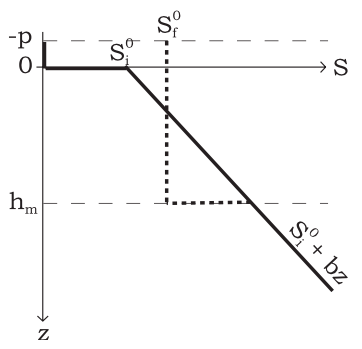Observation based estimates of surface cooling inhibition by heavy rainfall under tropical cyclones
Abstract
Tropical cyclones drive intense ocean vertical mixing that explains most of the surface cooling observed in their wake (the “cold wake”). In this paper, the authors investigate the influence of cyclonic rainfall on the cold wake at a global scale over the 2002–09 period. For each cyclone, the cold wake intensity and accumulated rainfall are obtained from satellite data and precyclone oceanic stratification from the Global Eddy-Permitting Ocean Reanalysis (GLORYS2). The impact of precipitation on the cold wake is estimated by assuming that cooling is entirely due to vertical mixing and that an extra amount of energy (corresponding to the energy used to mix the rain layer into the ocean) would be available for mixing the ocean column in the hypothetical case with no rain. The positive buoyancy flux of rainfall reduces the mixed layer depth after the cyclone passage, hence reducing cold water entrainment. The resulting reduction in cold wake amplitude is generally small (median of 0.07 K for a median 1 K cold wake) but not negligible (>19% for 10% of the cases). Despite similar cyclonic rainfall, the effect of rain on the cold wake is strongest in the Arabian Sea and weak in the Bay of Bengal. An analytical approach with a linearly stratified ocean allows attributing this difference to the presence of barrier layers in the Bay of Bengal. The authors also show that the cold wake is generally a “salty wake” because entrainment of subsurface saltier water overwhelms the dilution effect of rainfall. Finally, rainfall temperature has a negligible influence on the cold wake.


